Deck & Commander Strategies

Experiment Kraj
Focuses on proliferating and evolving +1/+1 counters on creatures, using Simic manipulation to copy and boost creatures, and deploying big Genesis Wave plays to flood the board with creatures and permanents for overwhelming board presence.

Olivia Voldaren
Aggressive red-black deck aimed at early creature damage using goblins, rats, and other aggressive creatures, supported by burn spells and cascade effects to control the board and maintain pressure.

Radha, Heir to Keld
A red-green ramp deck that accelerates mana quickly to cast large threats and impactful spells, using creatures and artifact synergies to control the board and apply pressure.

Sliver Overlord
A tribal sliver deck that builds a synergistic army of slivers to buff each other, leveraging powerful tutor effects and anthem effects like Coat of Arms to dominate combat and control the battlefield.
Gameplay Insights
- 1
The Sliver Overlord player used the commander’s tutor ability to efficiently find key slivers like Sentinel Sliver to enhance the board and maintain vigilance for defense and offense.
- 2
Casting Genesis Wave with a high X value was a turning point for Experiment Kraj, dramatically increasing board presence and putting pressure on opponents.
- 3
Radha’s Damping Engine was a strategic attempt to hinder artifact-based decks but was mitigated by the Sliver player’s quick adaptation through removal and synergy exploitation.
- 4
Using Heroic Intervention to protect creatures during a mass board wipe like Fire Spout demonstrated excellent timing and resource management.
- 5
Players carefully chose when to attack or hold back, considering the presence of multiple powerful slivers and evolving creatures, showcasing intricate combat decision-making.
Notable Cards
-
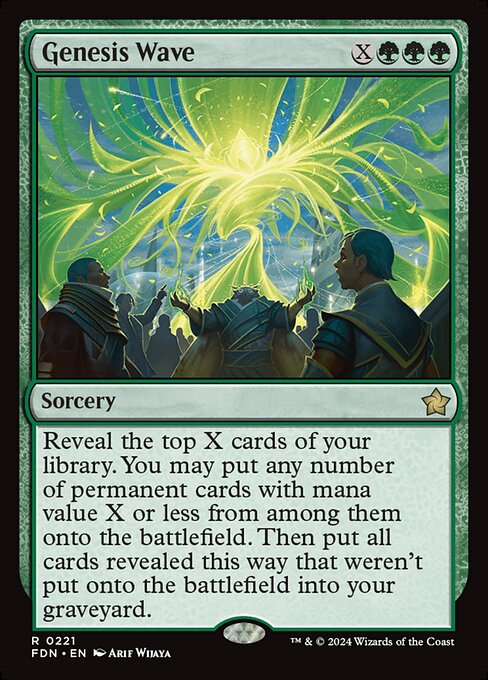
Genesis Wave
-
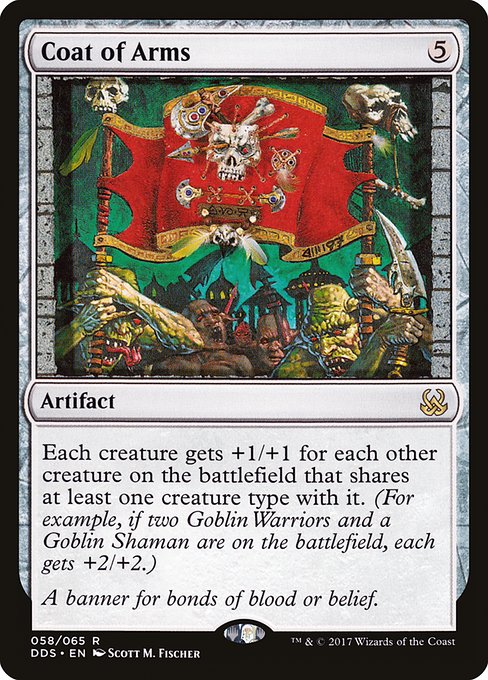
Coat of Arms
-
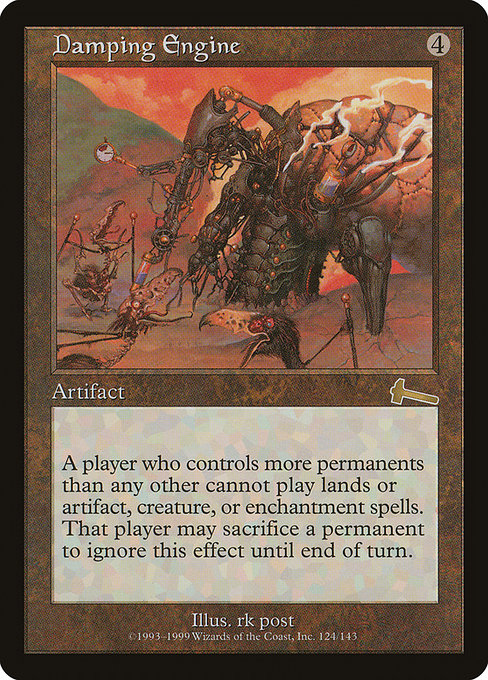
Damping Engine
-
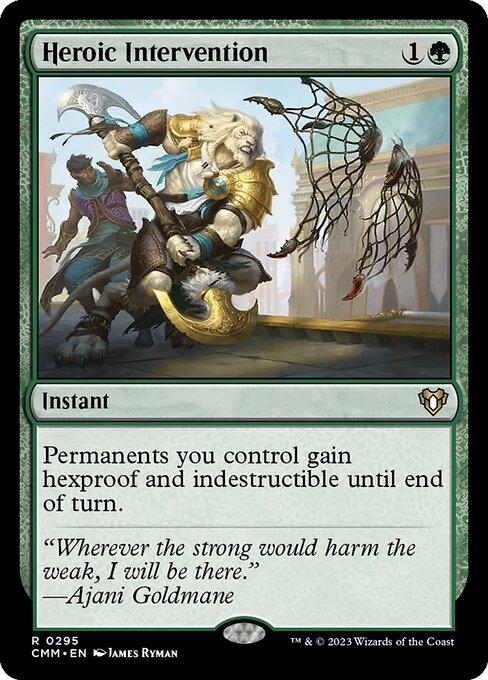
Heroic Intervention
-
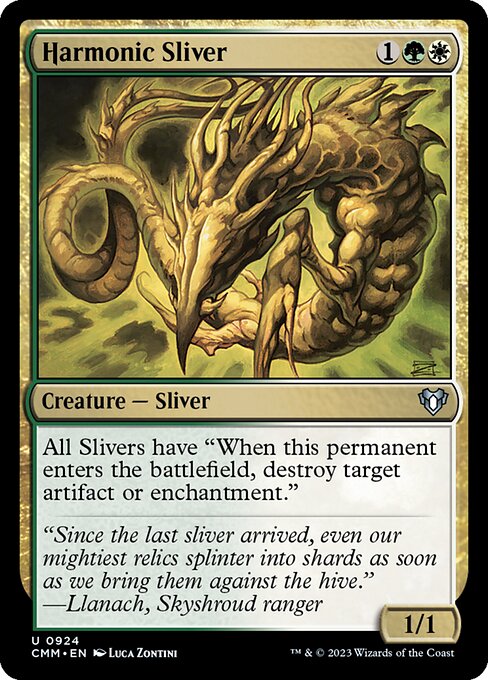
Harmonic Sliver
-
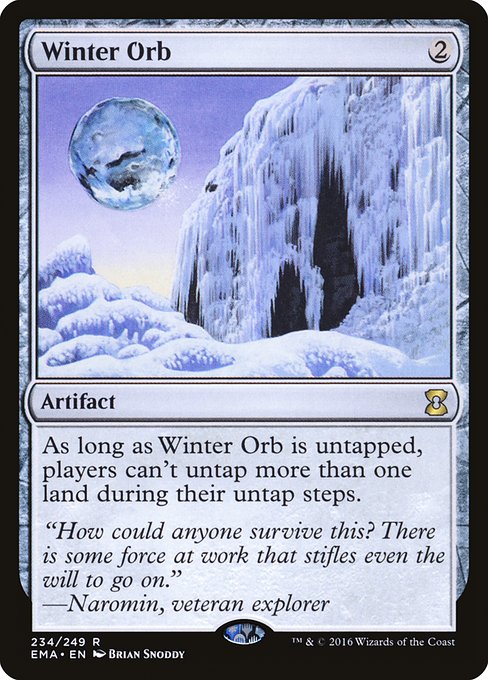
Winter Orb
-
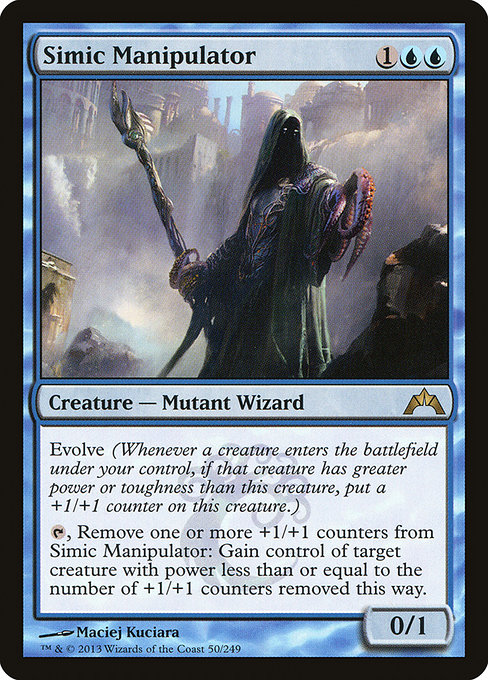
Simic Manipulator
-
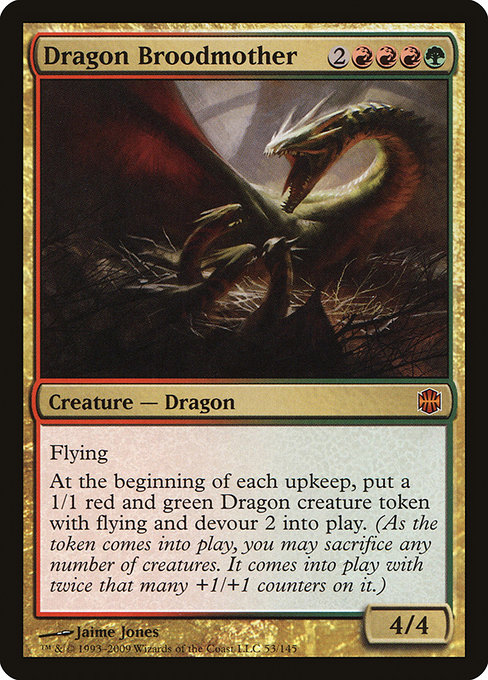
Dragon Broodmother
-
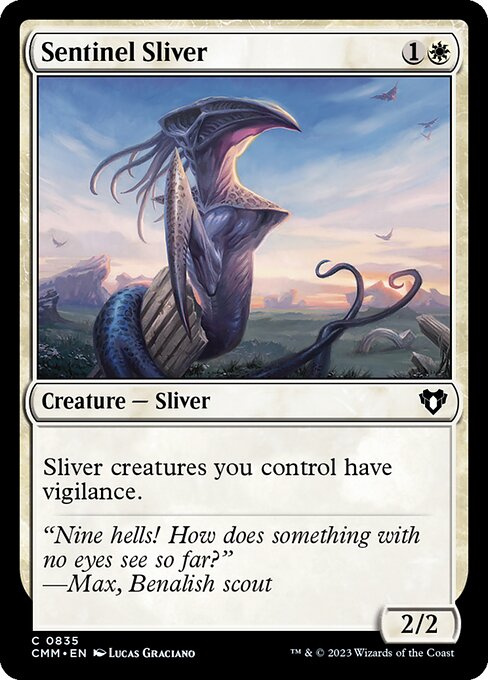
Sentinel Sliver
Gameplay Summary
The game started with a typical ramp and development phase from all four players, each advancing their board states according to their commander themes.
Experiment Kraj focused on generating +1/+1 counters and evolving creatures, Olivia Voldaren applied early aggression with goblin and rat tokens, Radha ramped mana and cast efficient creatures and spells, and Sliver Overlord built a formidable tribal sliver army quickly.
A key early interaction was the casting of Damping Engine by Radha, which threatened to slow down artifact and creature-heavy strategies, but the Sliver Overlord player responded by quickly establishing synergy and board presence with multiple sliver creatures and Coat of Arms to boost their army's power.
Midgame saw several pivotal moments including mass removal spells like Fire Spout, which wiped the board but was countered by Heroic Intervention, preserving key creatures.
The Experiment Kraj player executed a massive Genesis Wave, flooding the battlefield with creatures and permanents, gaining a significant advantage by putting many utility creatures and mana producers into play.
Sliver Overlord's ability to tutor and deploy powerful slivers such as Sentinel Sliver and Harmonic Sliver allowed for continued pressure and control, including destroying disruptive artifacts like Winter Orb and Soul Ring.
The game featured strategic combat decisions, with players choosing when to attack or hold back to avoid retaliation, highlighting the evolving board states and threats.
As the game progressed, the Sliver Overlord's tribal synergy and board control, combined with Experiment Kraj's massive creature presence, shaped the dynamic, with Olivia and Radha providing both aggression and ramp support.
Key spells and interactions such as Coat of Arms, Genesis Wave, and well-timed removal shaped the battlefield, pushing towards a win condition based on overwhelming board presence and combat damage from tribal synergies and evolved creatures.


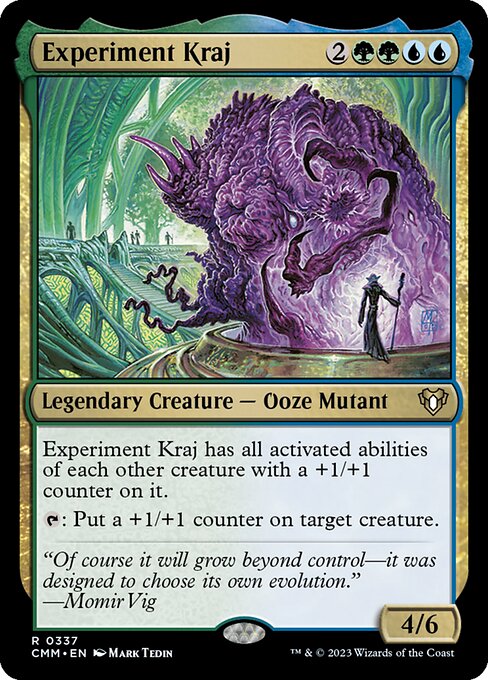
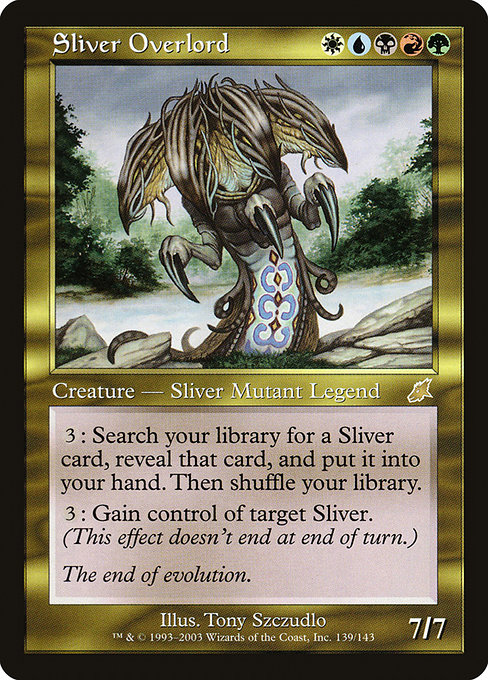
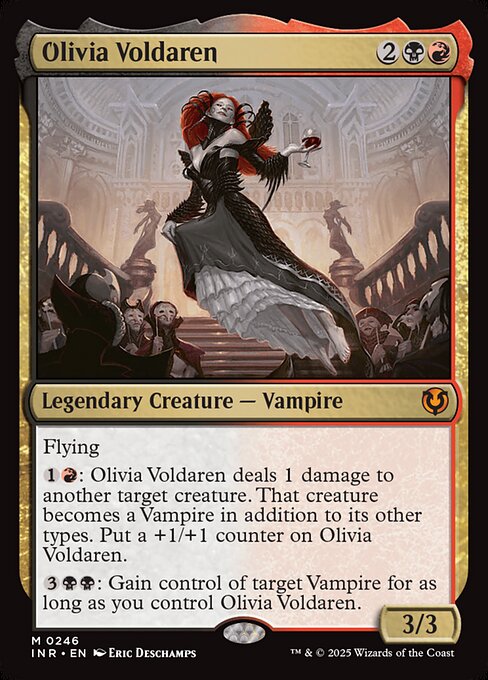




















![Commander VS S1E9: Oloro vs Norin vs Sliver Overlord vs Pharika [MtG: Multiplayer] thumbnail](https://i.ytimg.com/vi/PULZd7d2g_c/sddefault.jpg)













